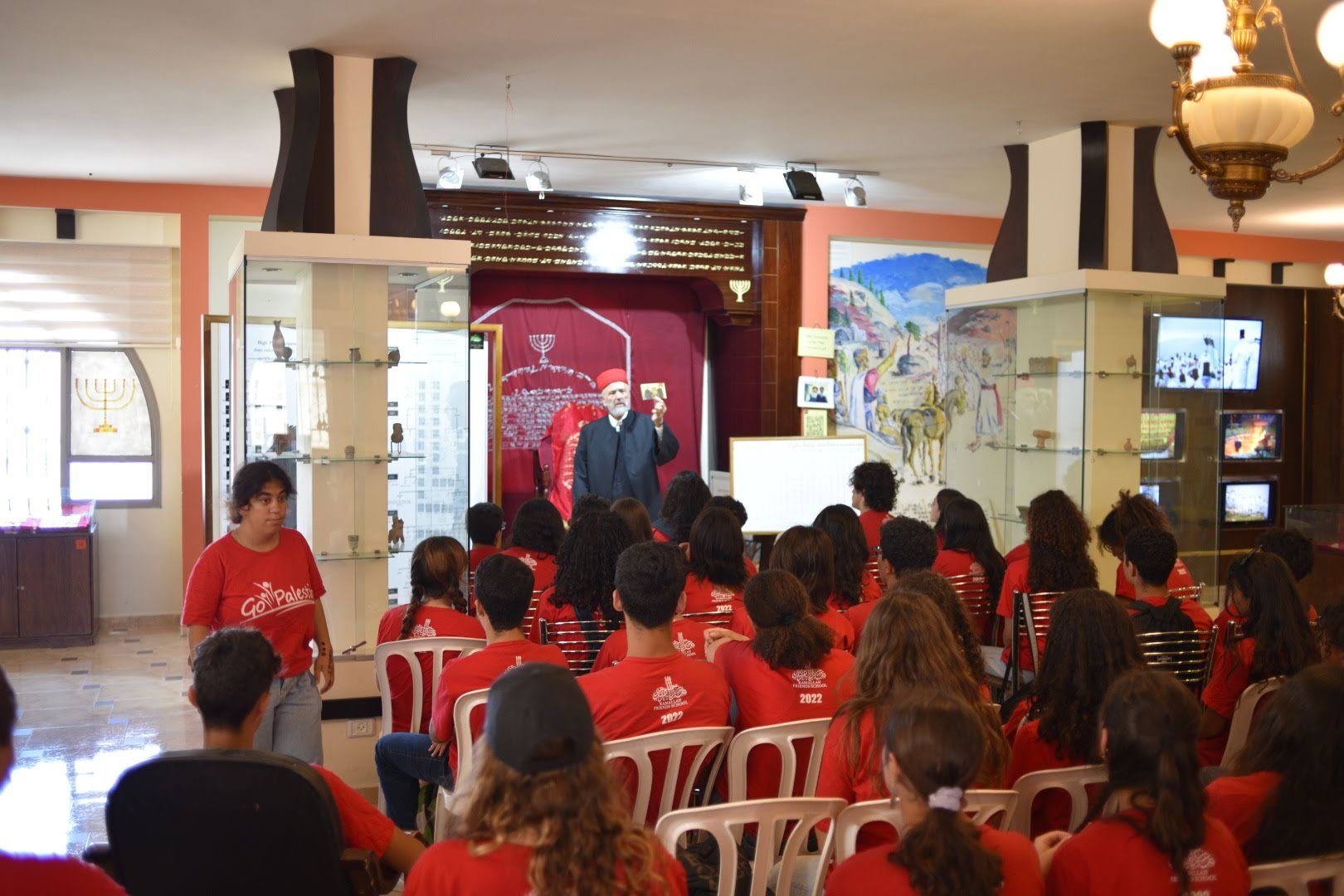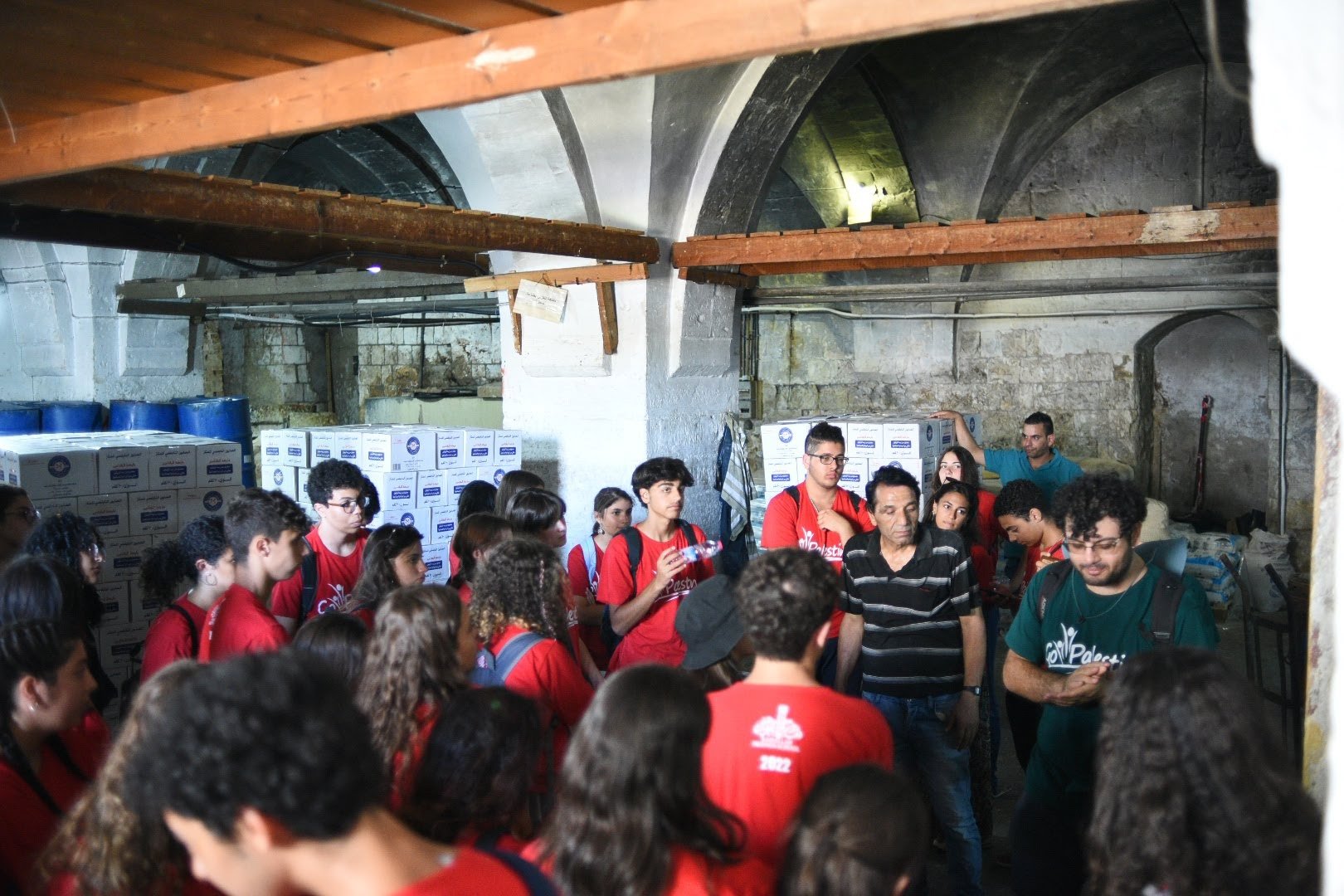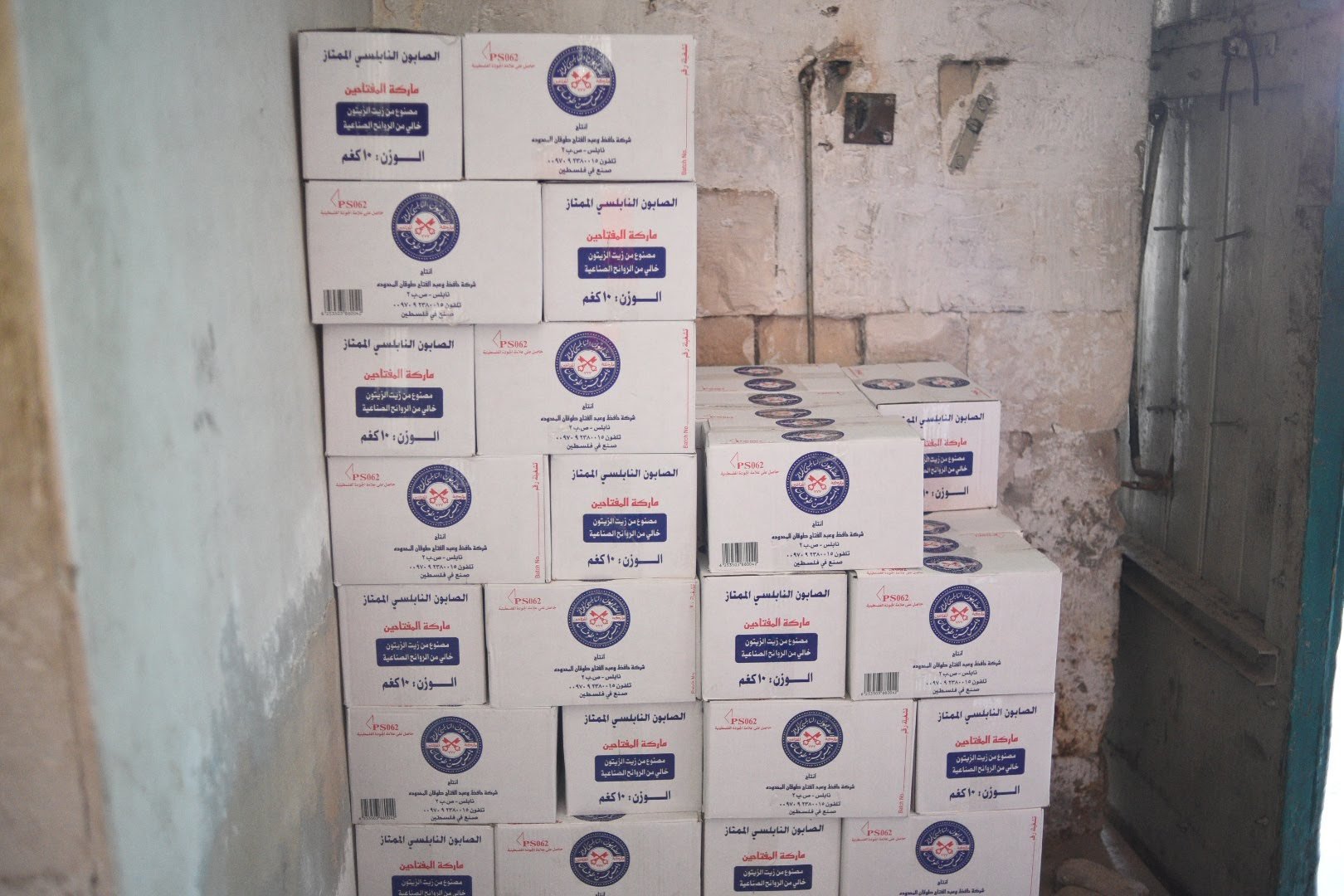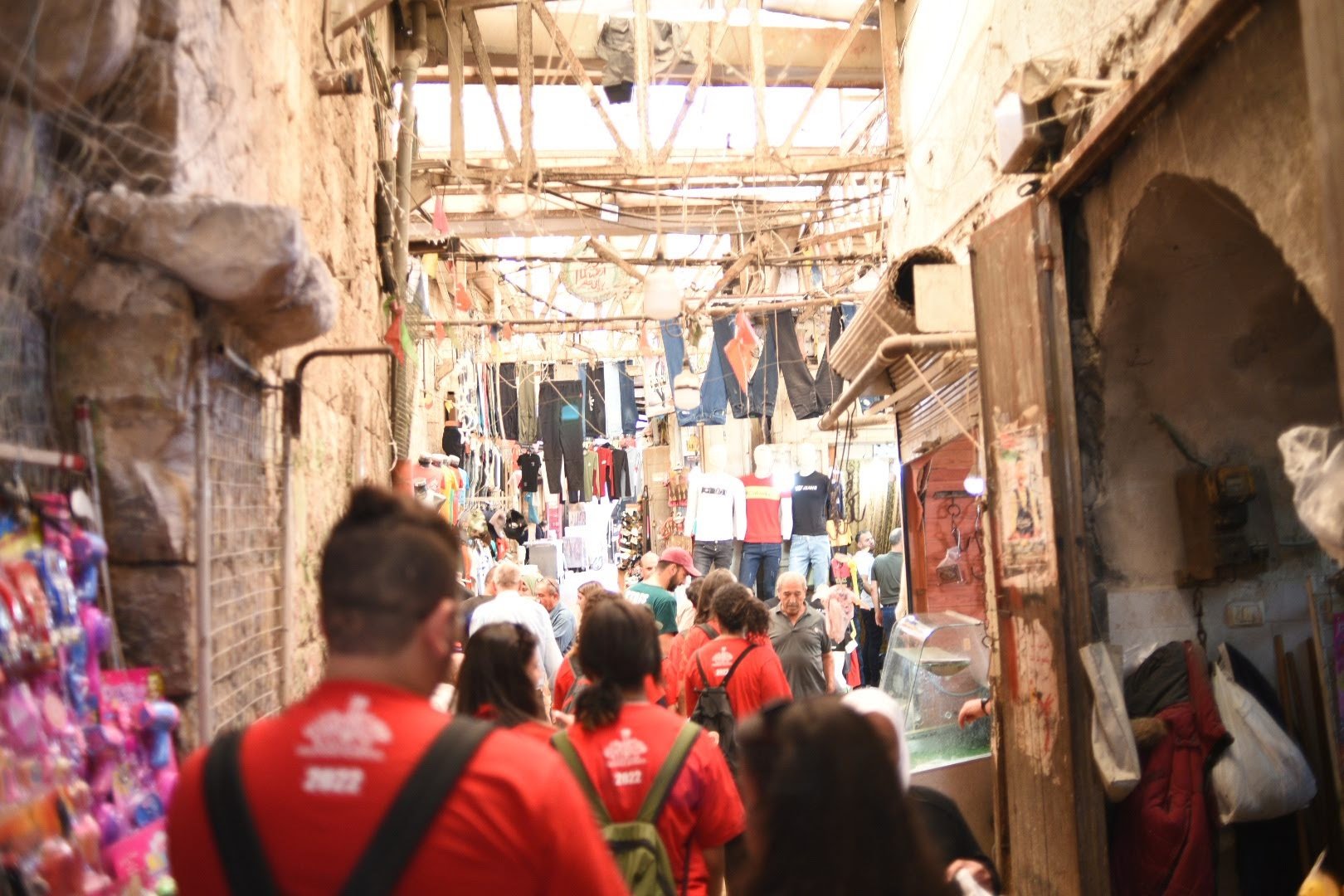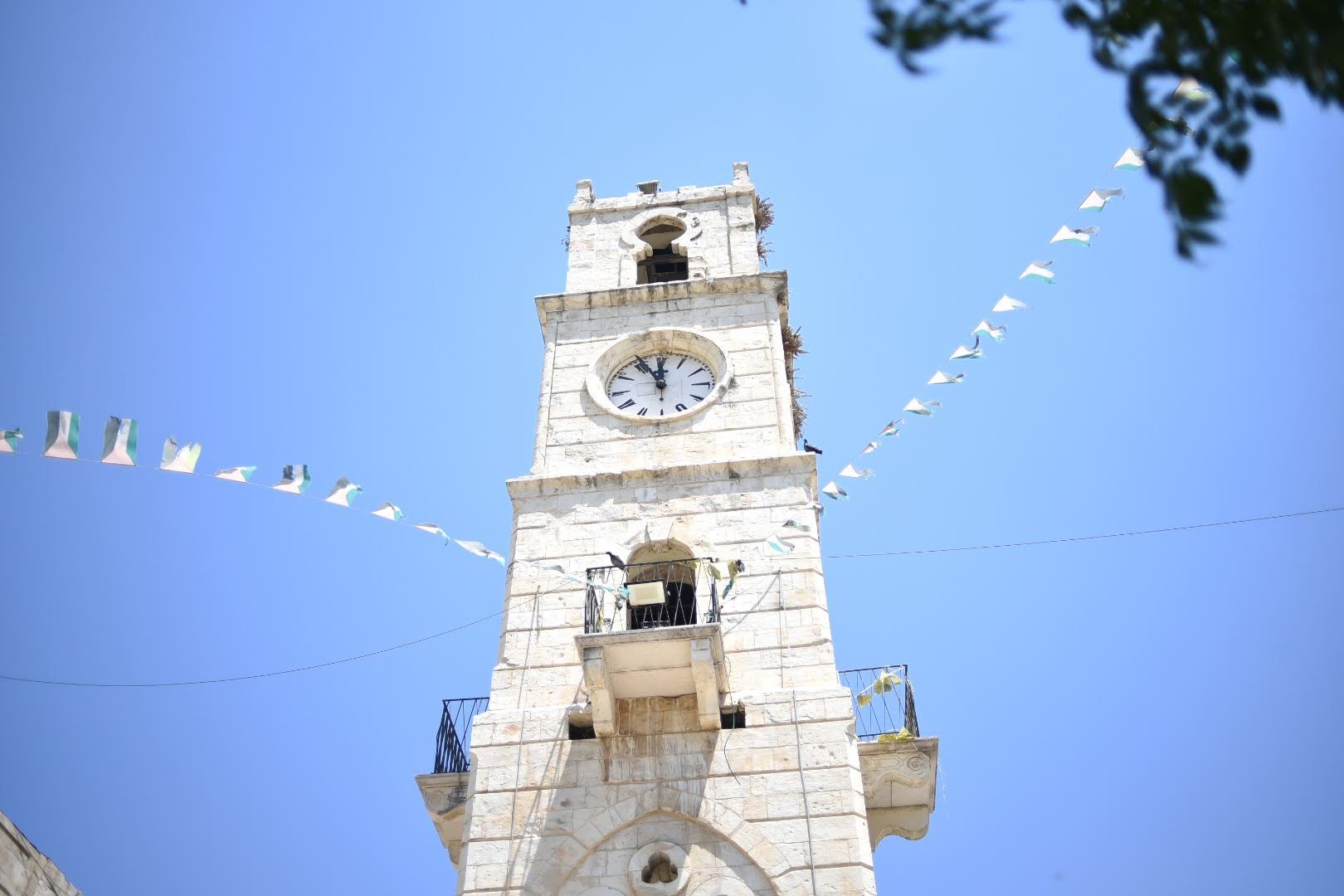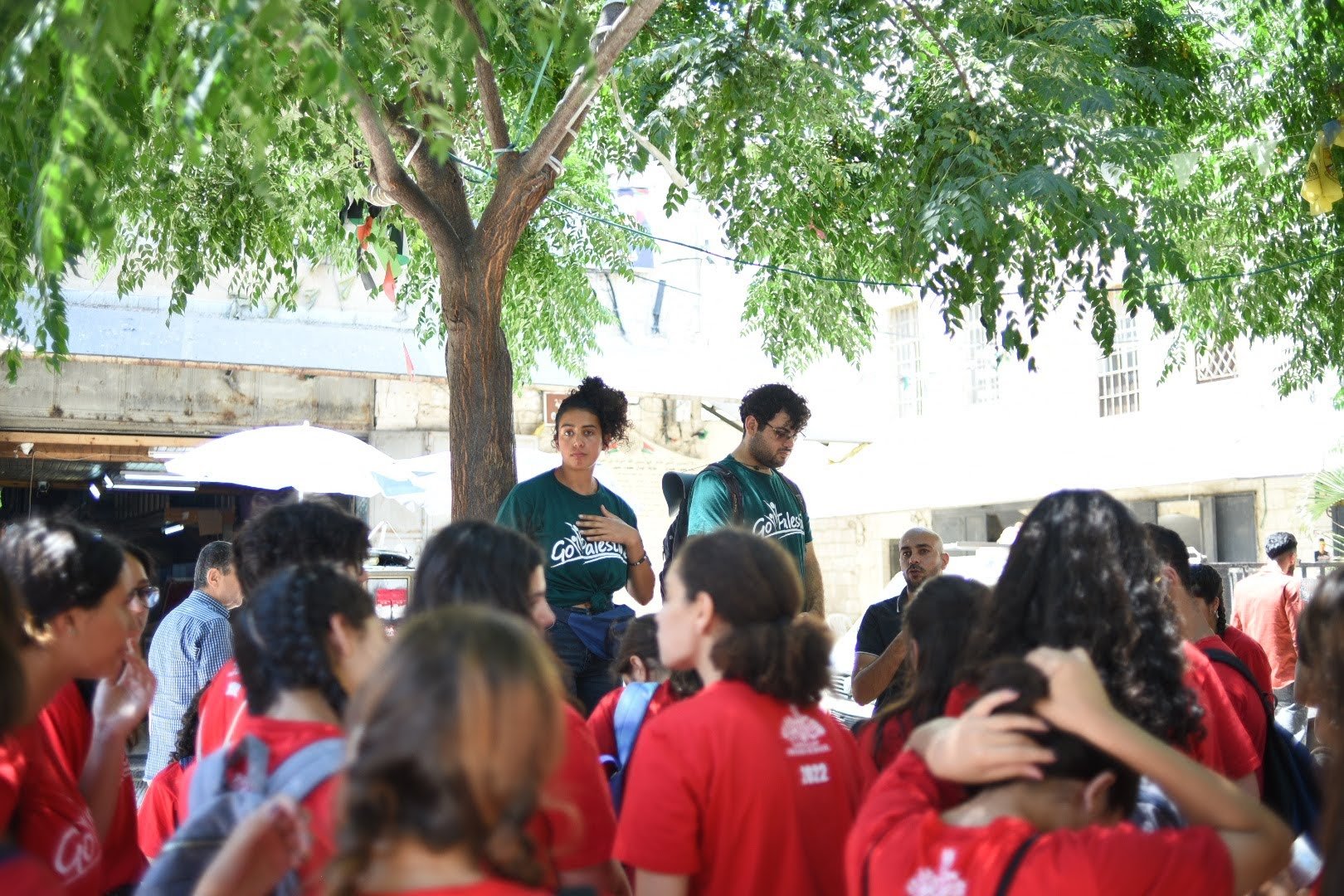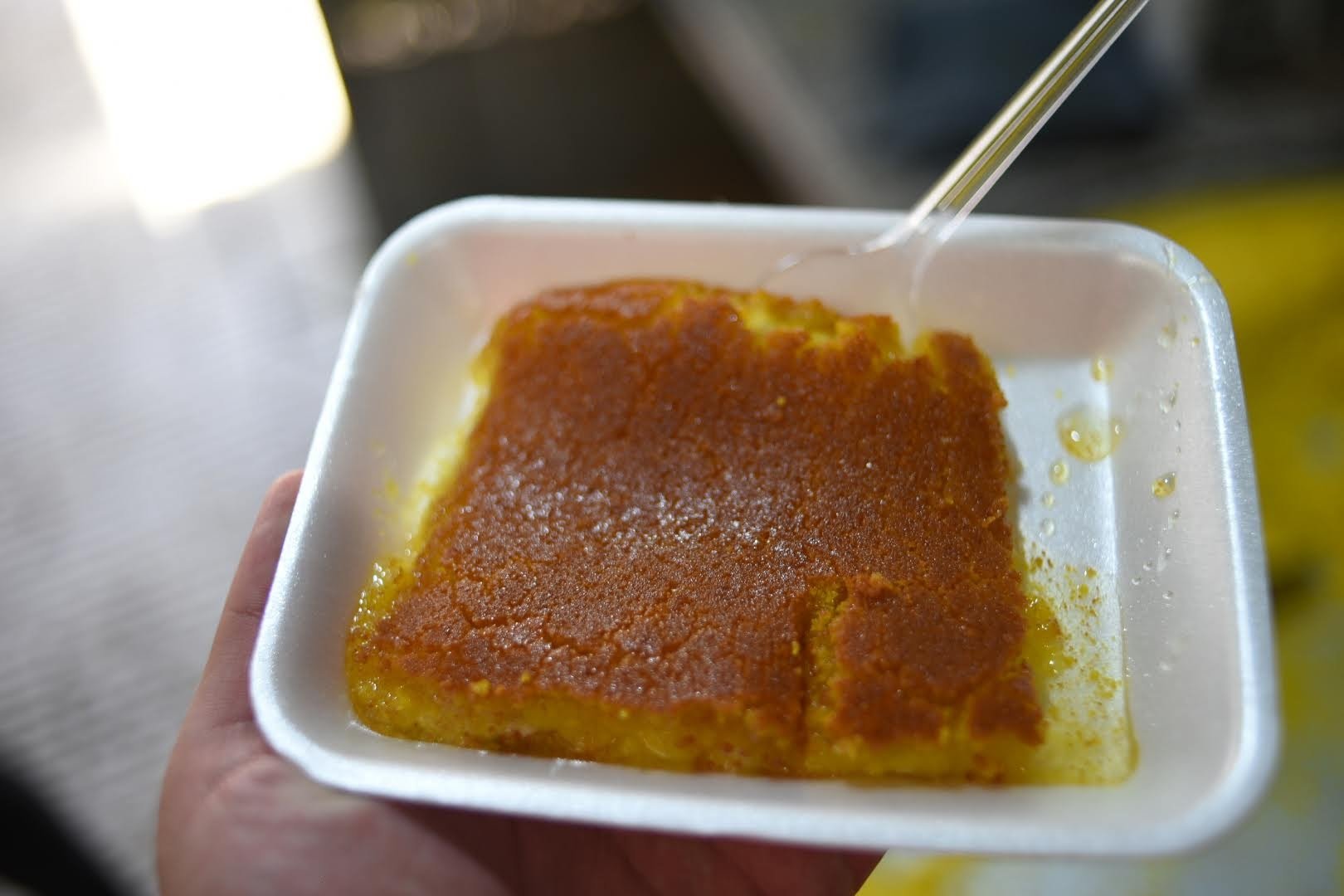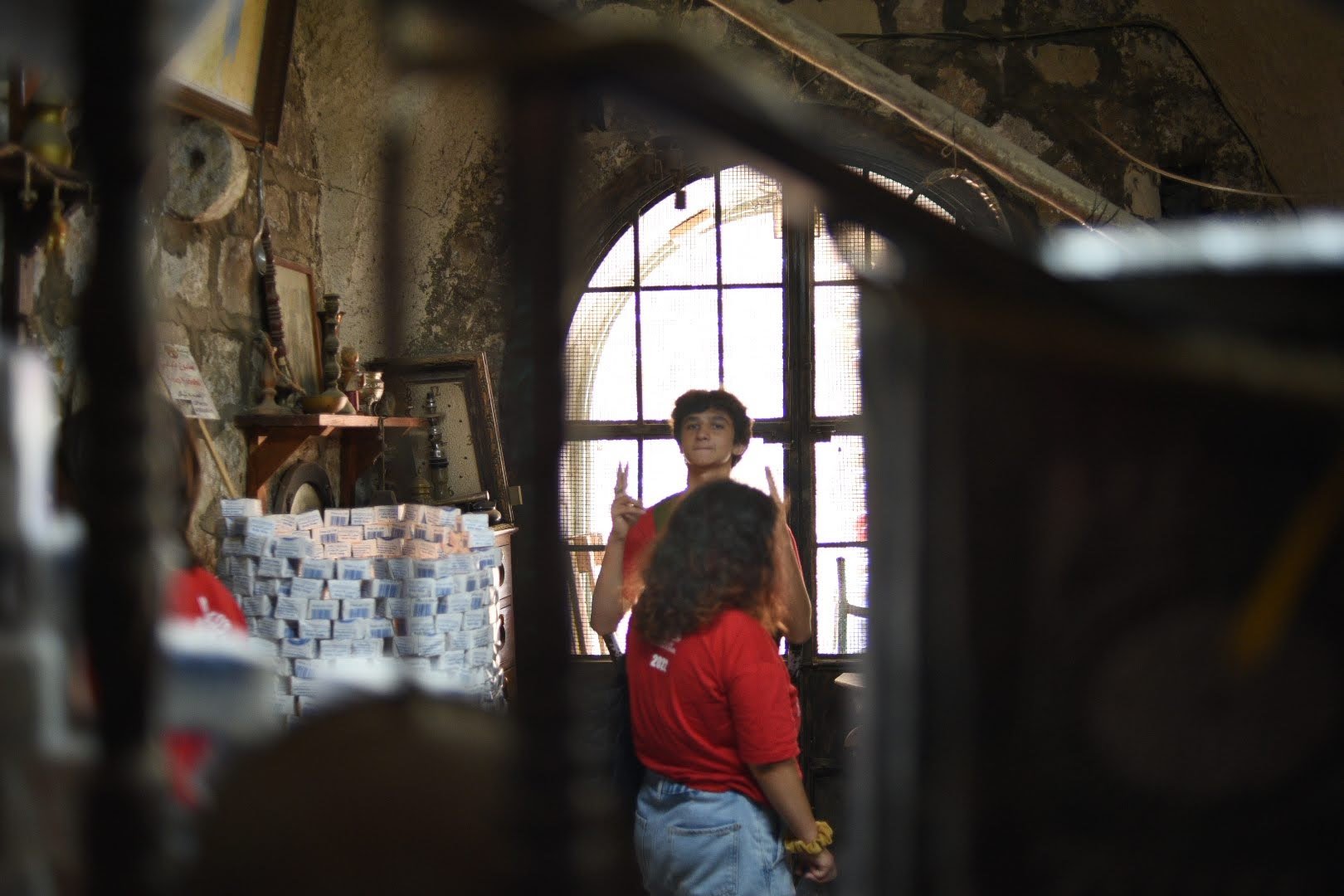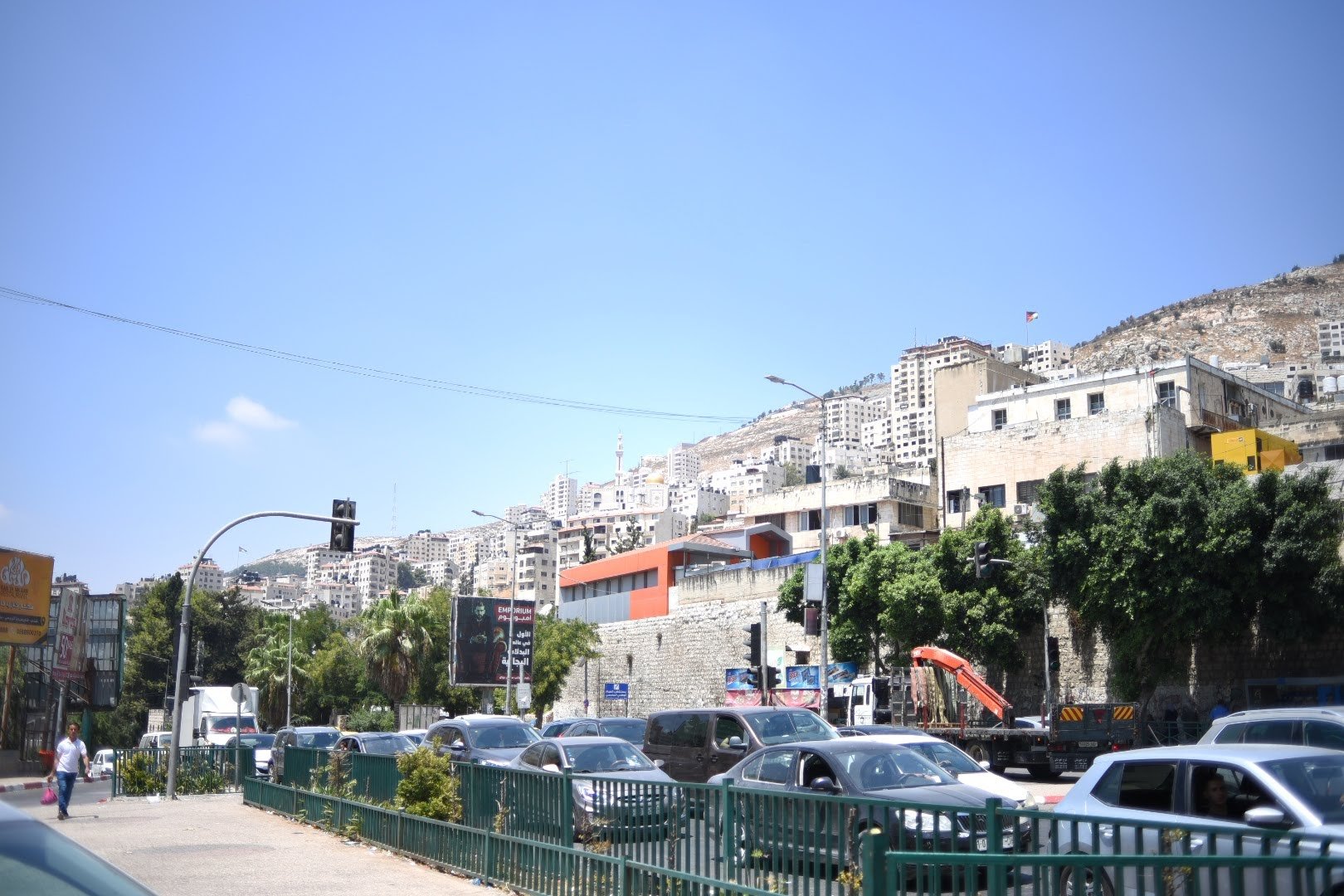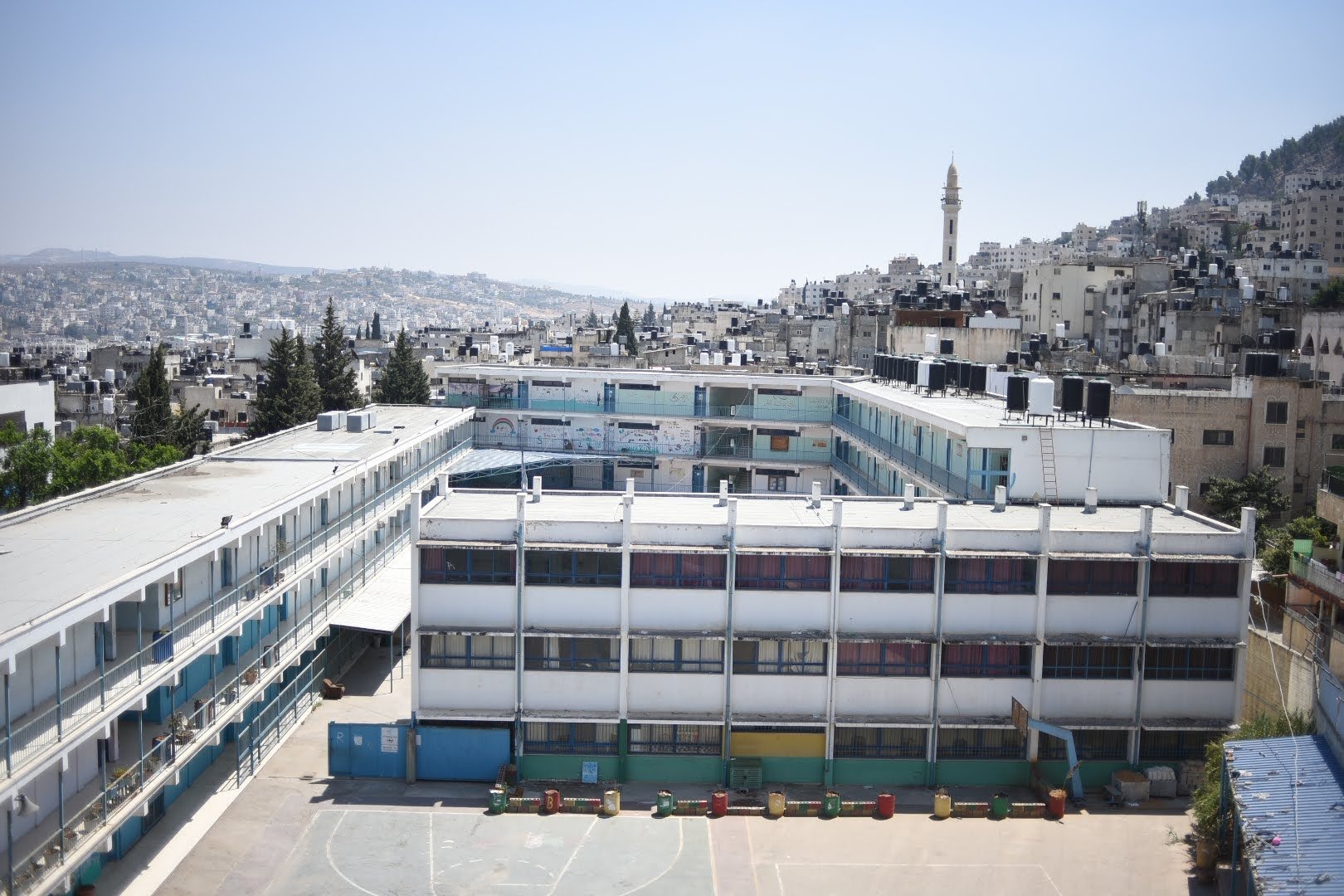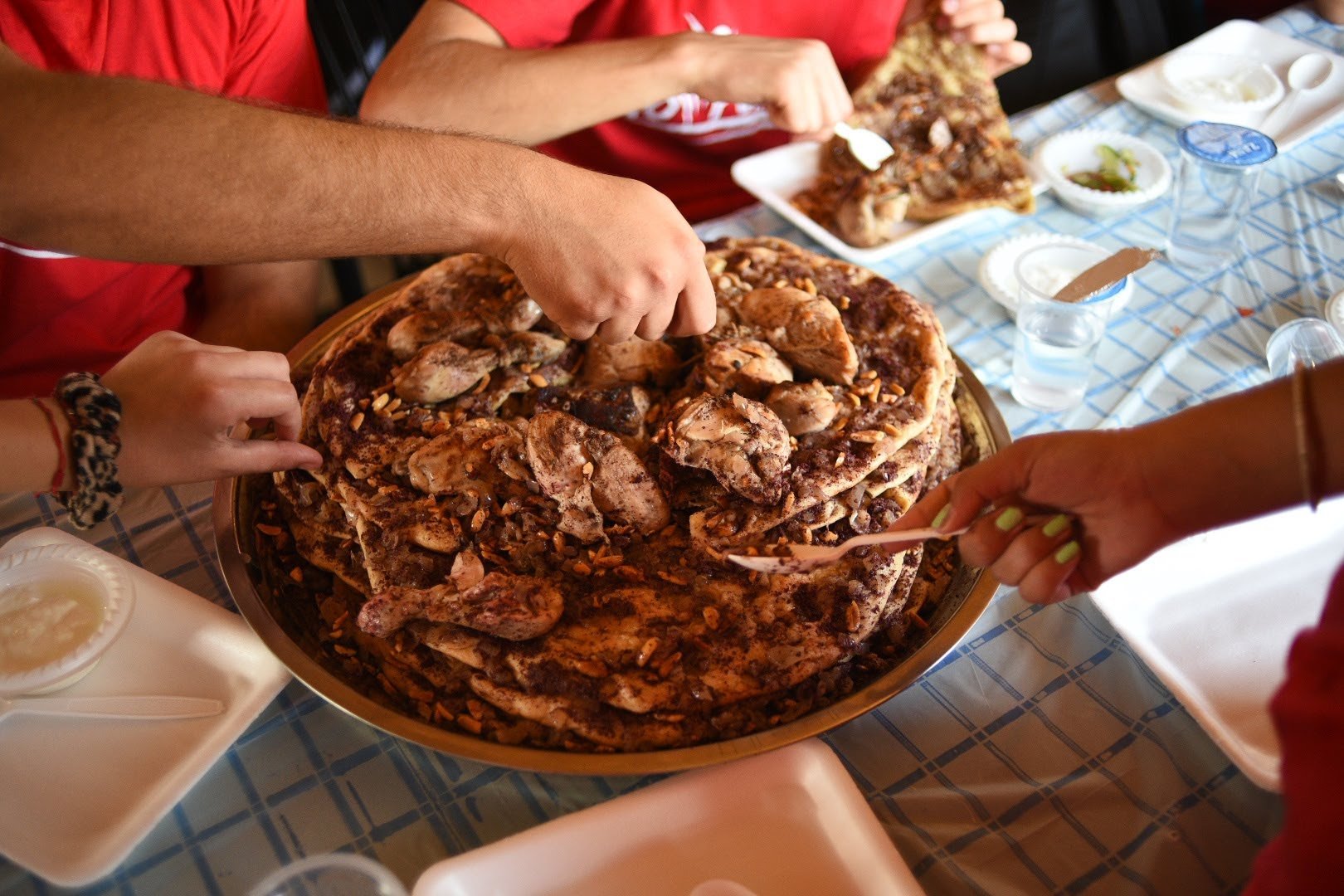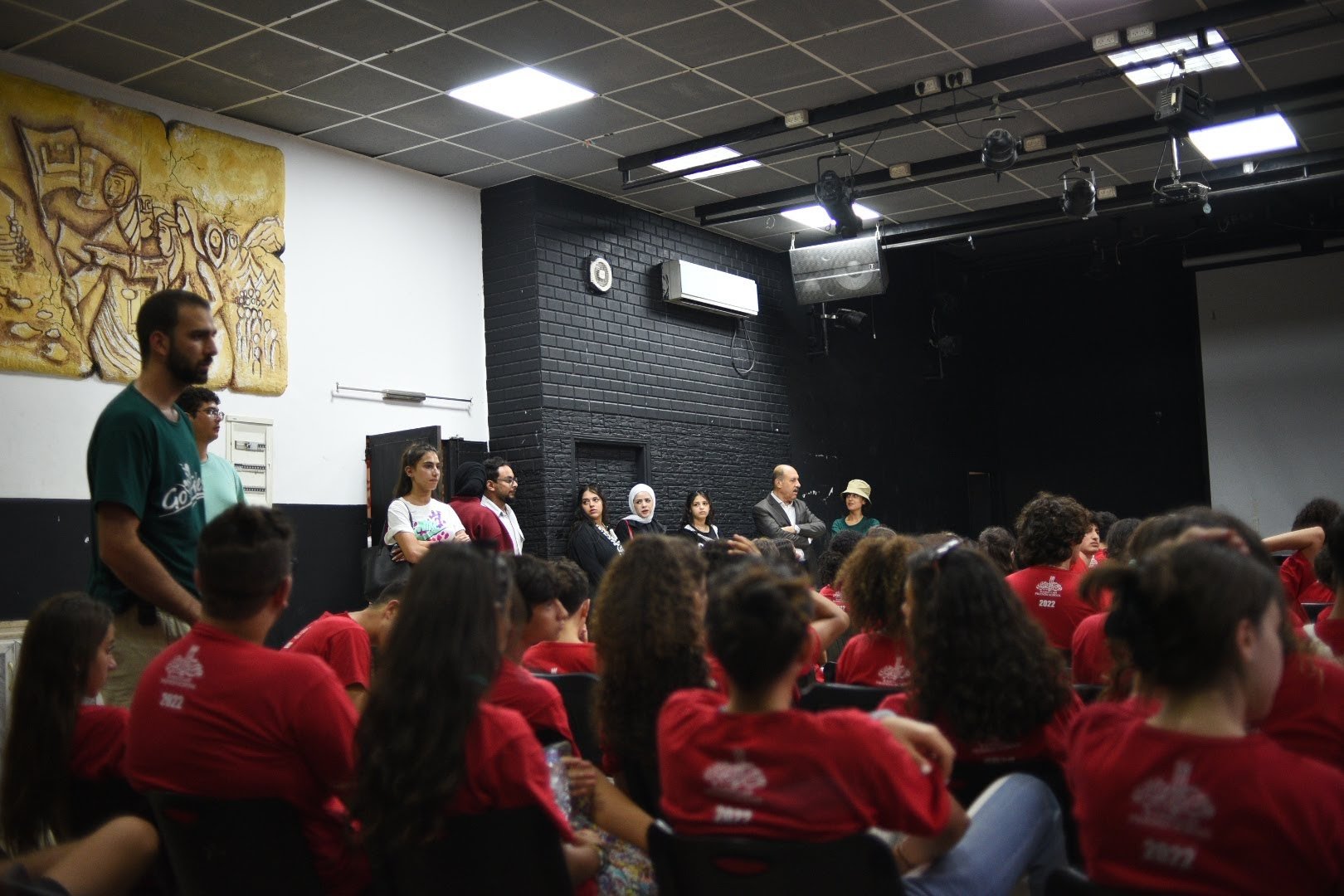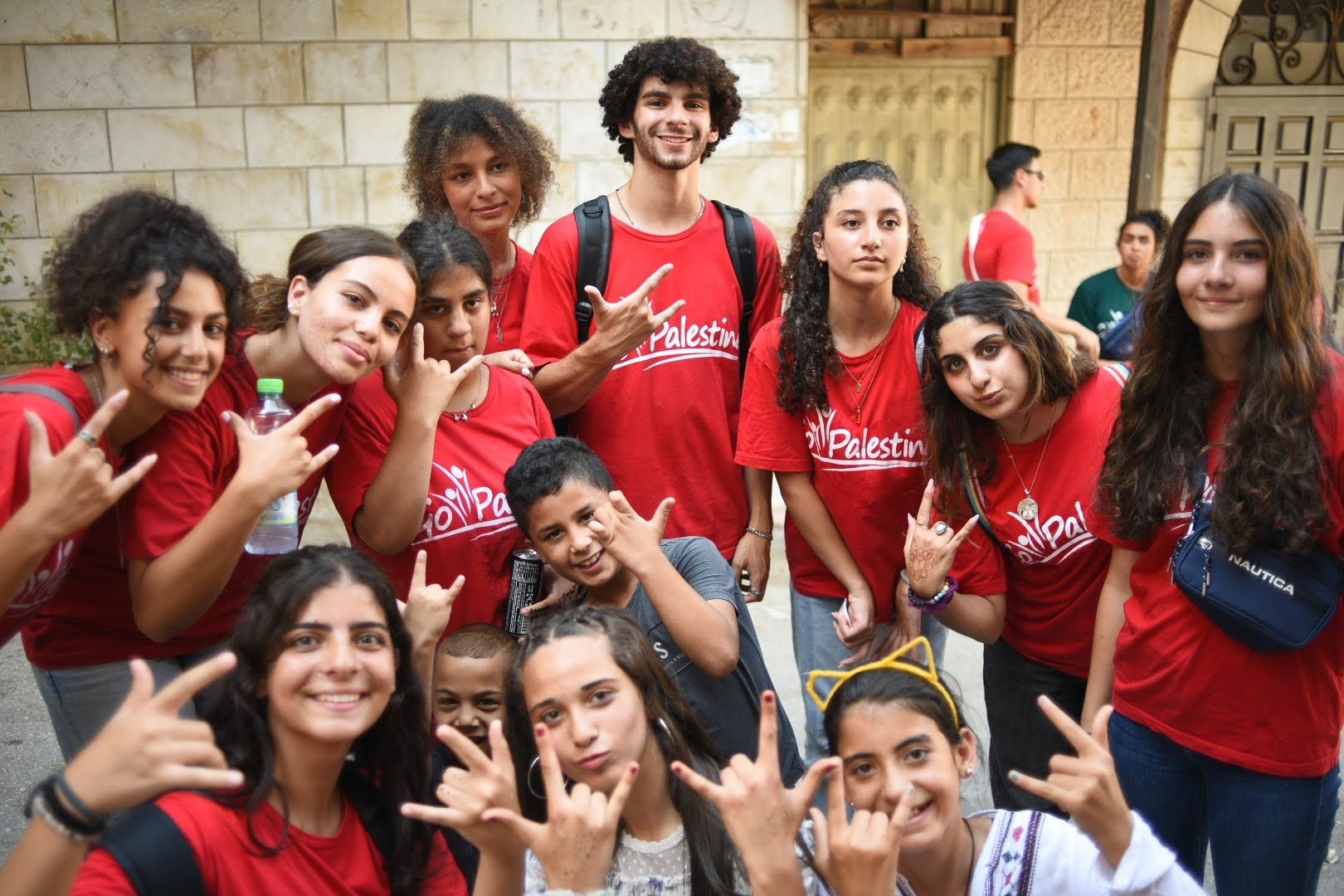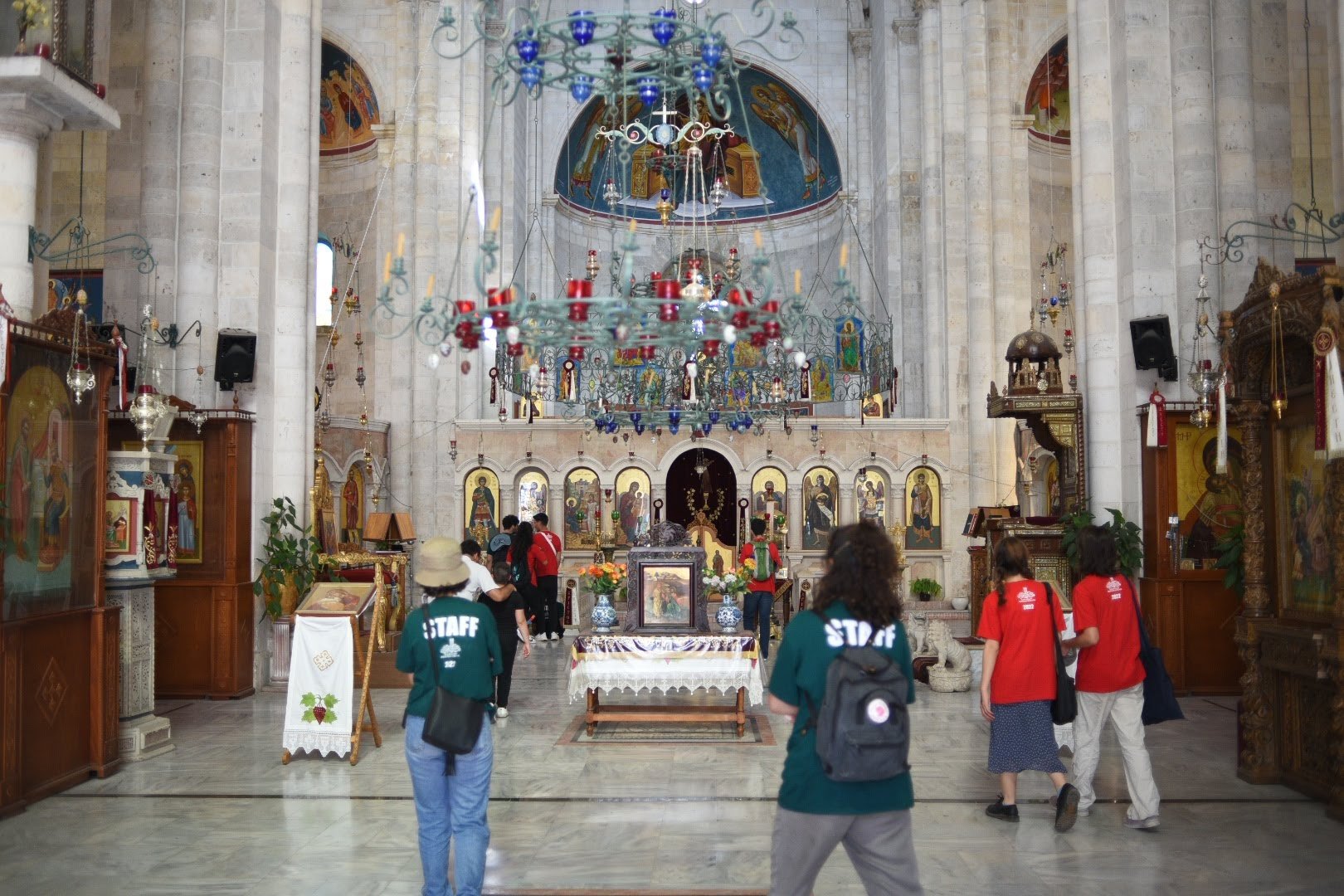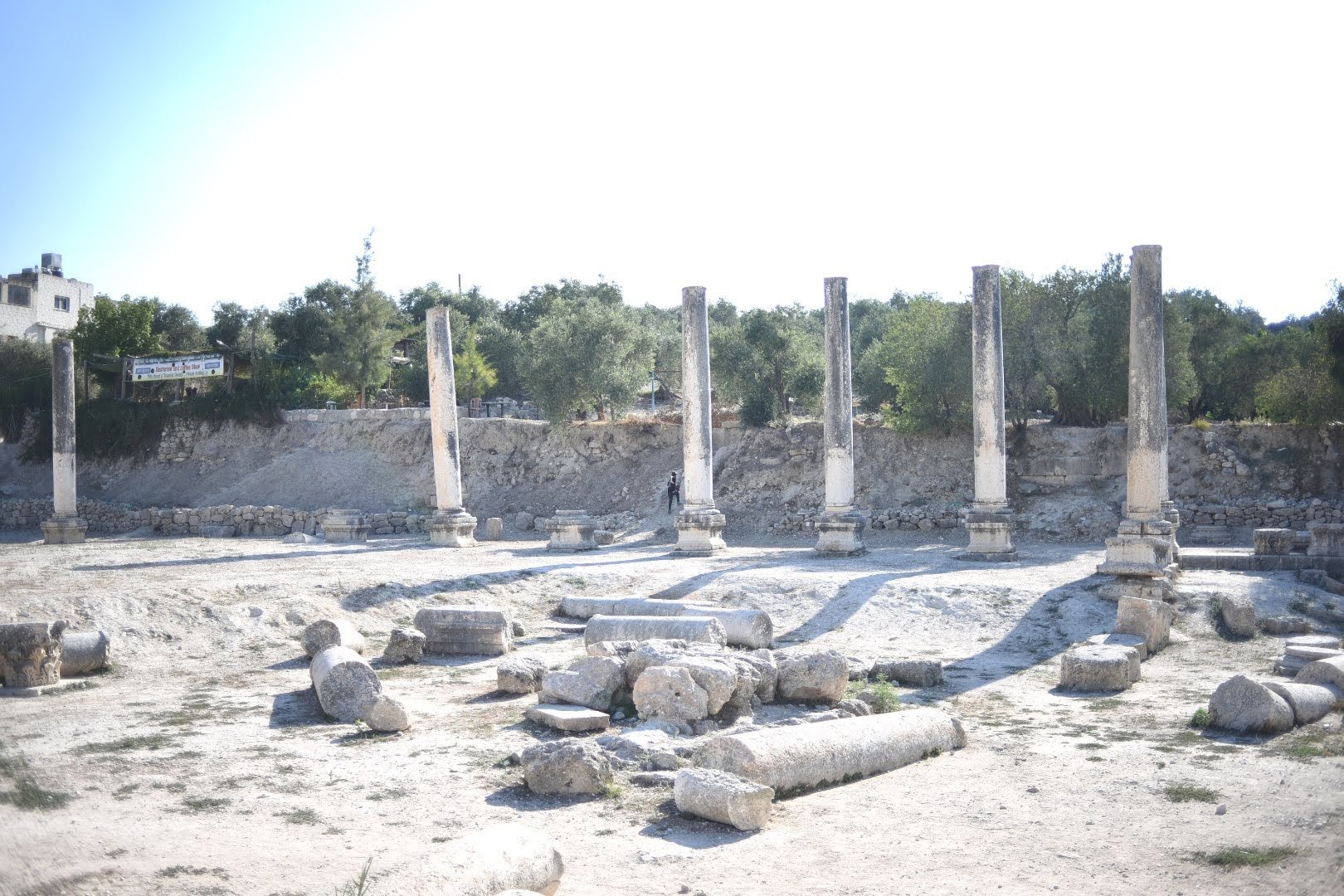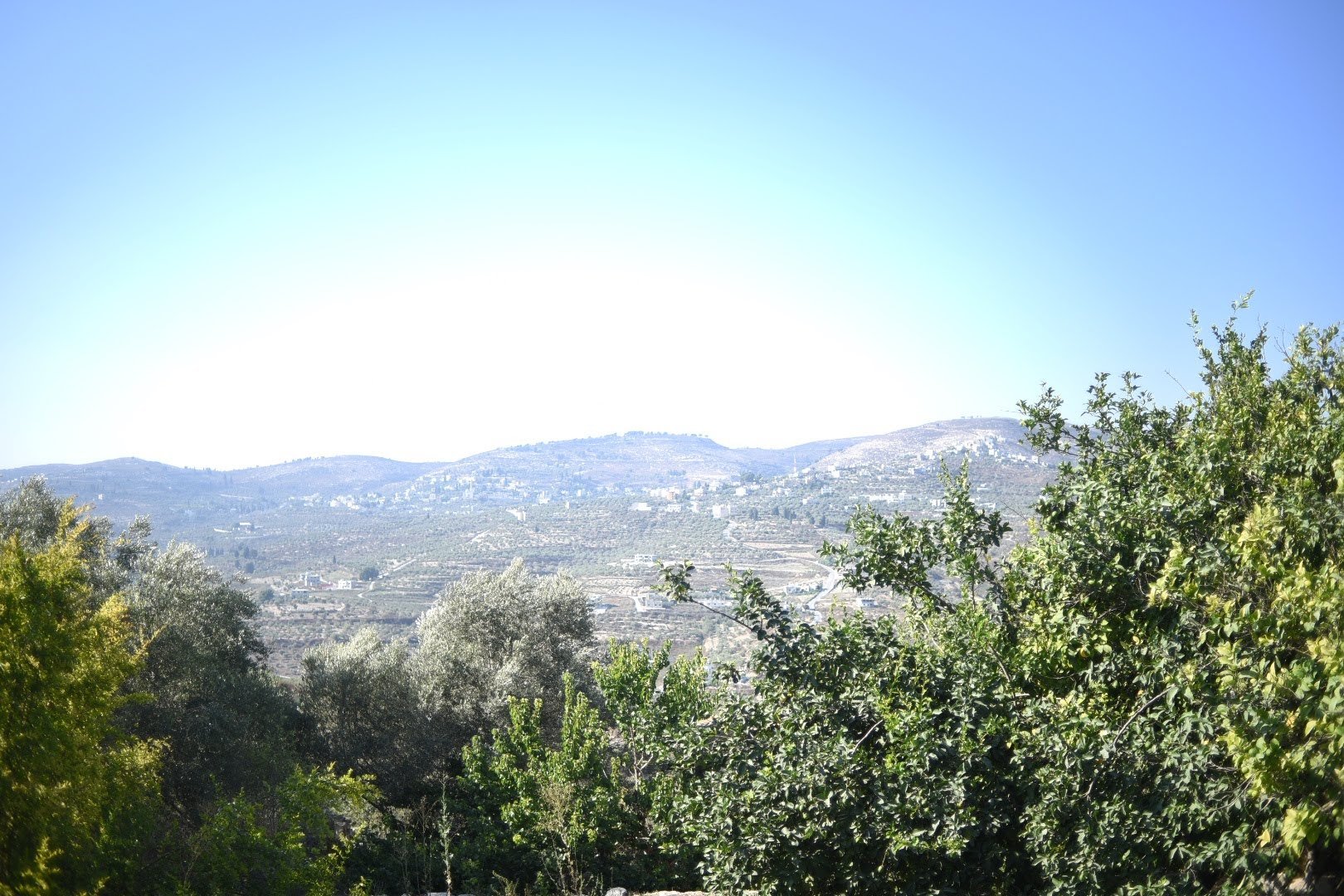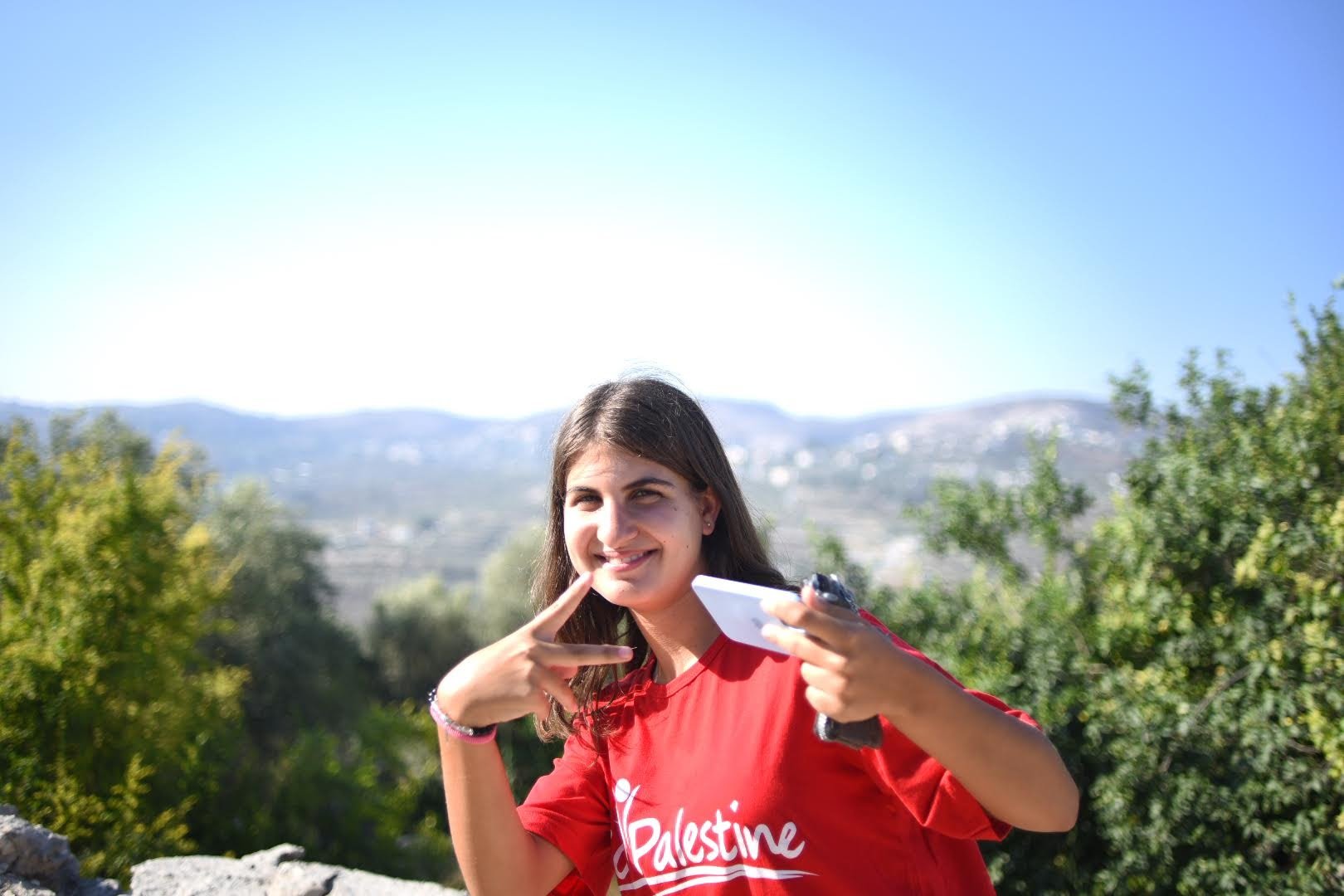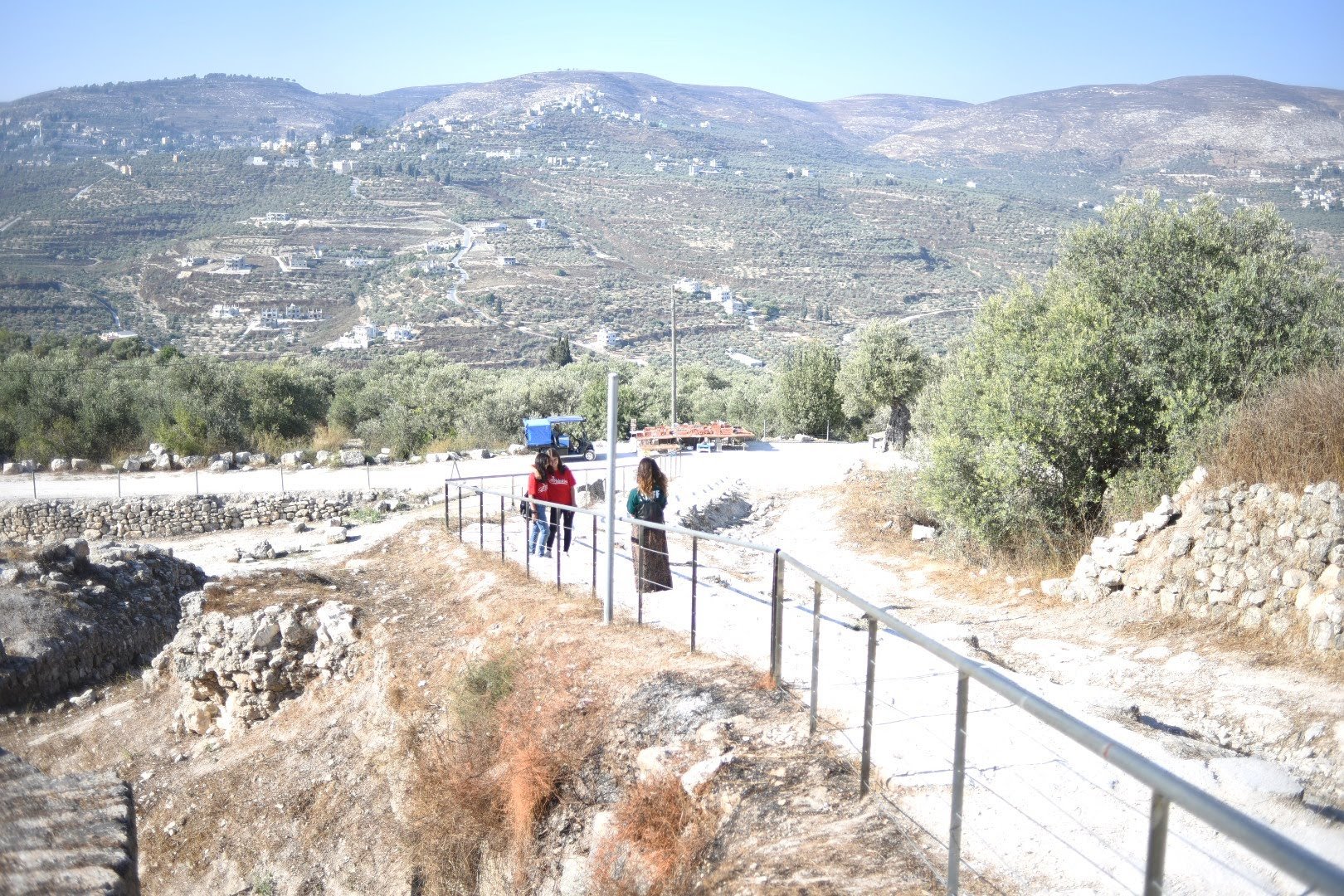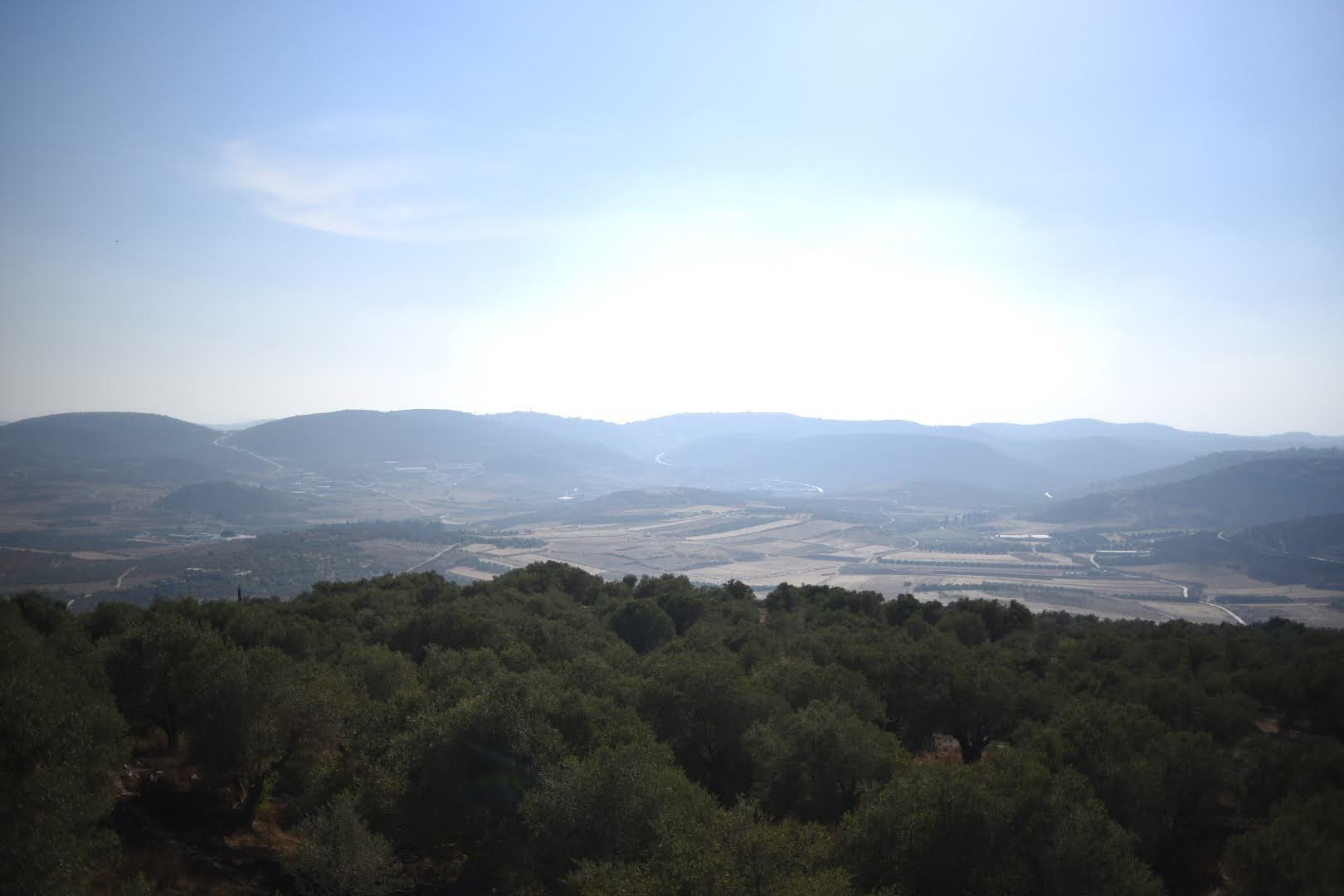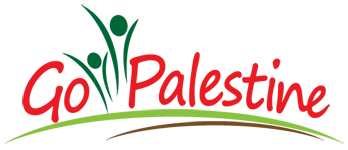☀️Day 1️⃣3️⃣: Nablus
Today we went to the Palestinian confectionary capital, Nablus aka “Little Damascus”! Our first stop was to Mt. Gerzim where we met with a priest of the Samaritan community and learned about the long history of this Palestinian religious minority.🏺 We then departed and went to the old city of Nablus with our first stop being at the Touqan Soap Factory. Unfortunately, due to maintenance, we were unable to see their impressive soap towers but the kids got to see where they boil olive oil to make the soap mixture and each got to take home a piece of Nabulsi olive oil soap.🧼 Afterwards, we walked through the old city alleyways to Al Nasr mosque square and got to see one of the Ottoman clock towers in Nablus. The Ottomans built 7 of these clocks in Palestine: in Jaffa, Nablus, Safad, Akka, Nazareth, Jerusalem, and Haifa to mark the silver jubilee of the reign of Sultan Abdel Hamid II.🕰️ Afterwards we walked over to the Aqsa Knafeh shop, one of the oldest and most prominent knafeh shops in the city with long lines of people waiting to be served on with fresh knafeh.🧇 Campers then walked through the Yasmineh neighborhood to the Touqan family castle where we saw the home of Fadwa and Ibrahim Touqan and saw the place where Mawtini, our first national anthem, was written. Nablus was a hub for political activism in the First and Second Intifadas, as a result much of the city was destroyed during the Second Intifada. Our guide shared with us that there was a massacre in one particular part of the city that happened against the Shuaibi family where over 9 members of the family were killed and their entire hosh (family block) was destroyed. Throughout our walk in the old city we saw many signs commemorating different martyrs who have been killed by the occupation. We ended the tour of the old city at the Breik Mill, the oldest continuously operating spice mill in Nablus having been in operation since 1931. Afterwards, we finished our tour of the old city and walked to the bus heading to Balata refugee
